Just started work on a new project. I'm going to be recording bits of the design process in a new series of posts - this is me working stuff out, tinkering, building a game from scratch.
Every project is very different, but this is essentially all the kind of stuff I do normally, codified into something readable. Not sure how interesting it'll be but hey, this is a game design blog - let's design a game!
 |
| some notes so far for this game - hopefully these posts will be slightly more legible |
In the last blogosphere post I linked Dan D's Core Themes post, and I thought it would be a good start to this series if I did something similar.
Let's make a mood board.
(What? Why? Well... tl;dr: This is good design work because it solidifies ideas into usable material, begins the process of Actual Work out of idle speculation, and starts a foundation from which to more reliably make creative choices during development.)
(What? Why? Well... tl;dr: This is good design work because it solidifies ideas into usable material, begins the process of Actual Work out of idle speculation, and starts a foundation from which to more reliably make creative choices during development.)
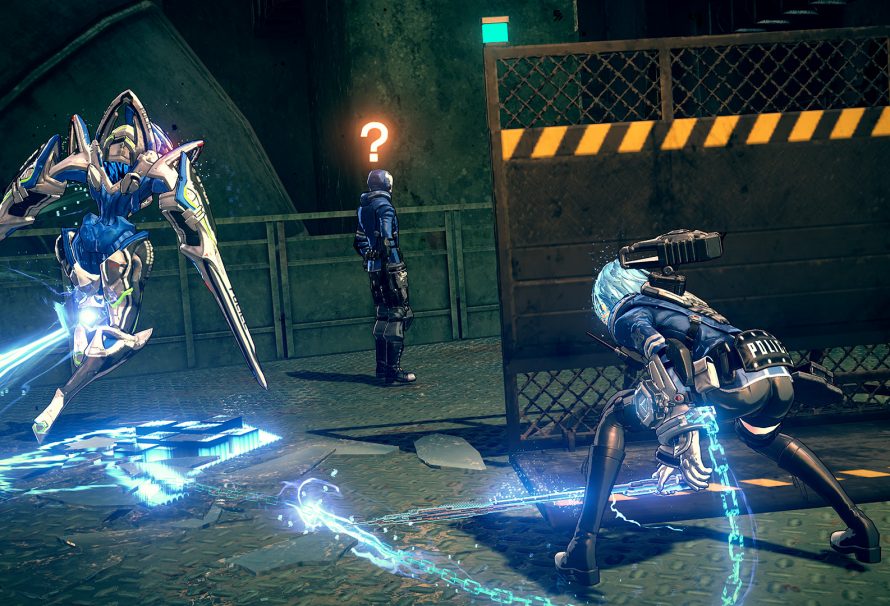 |
| A screenshot from the upcoming Astral Chain. I already had a skeleton of this game's underlying system shelved in my head, but this trailer was what rekindled me into making it A Thing. Look at it! |
Where to Begin?
We start with one idea - often for me, this idea is made up of a few smaller ones clumped together.
It doesn't really matter to me what that first idea is - some people say to never start with a mechanic, for instance, but that's kind of where this game started, and the last game I made too.
Don't worry about ideas. Ideas are cheap and easy, we all have them, all the time. The ~mood board~ is about picking and choosing which ideas are going into this pot - that's not cheap, that's work.
We start with one idea - often for me, this idea is made up of a few smaller ones clumped together.
It doesn't really matter to me what that first idea is - some people say to never start with a mechanic, for instance, but that's kind of where this game started, and the last game I made too.
Don't worry about ideas. Ideas are cheap and easy, we all have them, all the time. The ~mood board~ is about picking and choosing which ideas are going into this pot - that's not cheap, that's work.
So, the idea here: a cyberpunk world based on ubiquitous modern tech and my generation's relationship to it, rather than the 80s-ish genre default. Specifically, a game world completely connected by wireless internet.
What's a Mood Board?
The form a mOoD bOaRd takes depends on the creator, the project... the time of day. Last game I made, it was a 1-page google doc with some bullet points, a single image link and a list of adjectives.
The form a mOoD bOaRd takes depends on the creator, the project... the time of day. Last game I made, it was a 1-page google doc with some bullet points, a single image link and a list of adjectives.
This time, it's a few google image search results and maybe some music. It's all super arbitrary, but that's fine. If I think it fits, it goes in. We can trim later if necessary.
As far as this series goes, I'm only really nailing down visual aesthetics for now, plus a few bits of written fluff. I'll avoid number-y, dice-y mechanics talk if I can help it, that comes later - here I'm concerned with an image, a tone, a "feel" of what this thing is in my head. Then, I'll know what it is I'm making, and I can make it. Design Goals™.
As far as this series goes, I'm only really nailing down visual aesthetics for now, plus a few bits of written fluff. I'll avoid number-y, dice-y mechanics talk if I can help it, that comes later - here I'm concerned with an image, a tone, a "feel" of what this thing is in my head. Then, I'll know what it is I'm making, and I can make it. Design Goals™.
These images aren't necessarily art reference for potential illustrations - though they could be - they're just visual stimuli that put me in the right mindset. They also don't have to be from thematically relevant properties - though, again, many are. This bit is a purely visual exercise.
All the game is right now is a nebulous clump of ideas somewhere in my noggin, so I'm just adding some definition, giving myself a quick shortcut back to that headspace through some pretty pictures.
OK, this is all getting a bit holistic. How exactly is this practical game design stuff?
Well, design goals, like we mentioned. But on that purely practical level, this is a really crucial part of the process I'm getting out of the way - decision making.
Remember, ideas are cheap and easy. I'm going to have a lot of them while making this. By referring back to the mood board, any future tough decisions on which of those ideas make the cut are already made for me.
"Should I add in this new mechanic?" Well, does it make the game feel more or less like the mood board?
"Which of these two equally valid design options should I go for?" Answer: whichever feels more like it belongs on the mood board.
I think "kill your darlings" is a little dramatic, but any creative process is going to involve those tough calls. Let the mood board ease your pain.
 |
| More things I, uh, haven't actually seen. I know Psycho-Pass is neo-noir, like Blade Runner, so it's kinda relevant. But purely visually: neon blue, chunky gun-tech, cool anime city. I like. |
So we've got some art. Time for some words.
We may call fiction "fluff" in this hobby, but don't underestimate it. Especially not in tabletop RPGs, when the mechanics are made of both fiction and numbers - "vampires hate sunlight", for instance, is as much a mechanic as "add your STR bonus to your ATK rolls".
So to start, I'm going to pitch the game world - and in a way, this is the beginning of pitching the mechanics. If I decide that werewolves exist in this world, f'rinstance, and that they can be controlled by silver collars, that's a mechanic the players might end up using, even if it's "just fluff" and never codified in the nitty-gritty numbers bit of the rulebook.
No werewolves here though.
After buying majority shares in local government, the megacorporation Pantheon built and designed the Ether, the city's hyperspeed wireless network. Every piece of technology - including people, through corporate-mandated neural implants - is hooked up, a steady stream of data being fed into Pantheon's central processors for constant algorithmic analysis.
Despite the conspiracy theories, Pantheon's dataminers don't keep extensive biological records, read minds or even collaborate with law enforcement, except in extreme cases. They just want to know how they can make more money. Targeted ads for subsidiary products, paywalled essentials and subscription-model housing. The city is a controlled petri dish for market testing.
Players are outcasts and rebels known as Zeroes, citizens who have illegally modified their own neural chips. Defected security personnel, career hackers, and those few whose malfunctioning chips caused amplified, even supernatural, mental abilities.
Pantheon has bought your city. Time to take it back.
*
After buying majority shares in local government, the megacorporation Pantheon built and designed the Ether, the city's hyperspeed wireless network. Every piece of technology - including people, through corporate-mandated neural implants - is hooked up, a steady stream of data being fed into Pantheon's central processors for constant algorithmic analysis.
Despite the conspiracy theories, Pantheon's dataminers don't keep extensive biological records, read minds or even collaborate with law enforcement, except in extreme cases. They just want to know how they can make more money. Targeted ads for subsidiary products, paywalled essentials and subscription-model housing. The city is a controlled petri dish for market testing.
Players are outcasts and rebels known as Zeroes, citizens who have illegally modified their own neural chips. Defected security personnel, career hackers, and those few whose malfunctioning chips caused amplified, even supernatural, mental abilities.
Pantheon has bought your city. Time to take it back.
*
All details, proper nouns etc, subject to change. It's unlikely any of the actual text I wrote here will make it into the final game - I really don't like lore in my recipe books - but if I know this stuff, and have it written somewhere to reference, then I have a foundation for the bits that do go in the book - the practical, gameable bits we can use in play.
Still too vague? Let's get even more practical. As part of the mood board, let's decide what kind of game this is.
(I'll note at this point that all projects change as they develop, and any bit of this could end up being scrapped. A lot of what's in this post is very different to the game as I initially conceived it! The wisdom of what stays and what goes comes only with experience, but this whole exercise is a great way to start training that skill.)
Again, all of this is pretty arbitrary - but hey, what isn't. I've decided that I want this game to be:
- light and simple. duh.
- challenge-based. or an adventure game, or "trad" or whatever it's called now
- tactical. not something I've done before! but I reckon it fits.
- easy on the GM. I'm big on this in general, but I'm writing it here to remind myself it's a focus
- challenge-based. or an adventure game, or "trad" or whatever it's called now
- tactical. not something I've done before! but I reckon it fits.
- easy on the GM. I'm big on this in general, but I'm writing it here to remind myself it's a focus
And I know the mechanics I'm using already, but if I didn't I'd put some guidance here, ready for when I was wrangling with them later. Intuitive, readable, mathless, player-facing.
Anything that helps you pin this thing down and begin to give it structure can go on the mood board. A playlist, a doodle, a quote. Sometimes I'll think up suggestions for names for the finished game. (Hmm... "Splinternet"? "Overload"? We'll see.)
One thing I like to do is a short blurb, almost like a prototype Kickstarter pitch. This can be a good place to start a mood board, then go back once you're done and change it if needed.
Let's see...
"A lightweight RPG of hacking and tactical espionage, set in a cloud-connected world inspired by cyberpunk anime and tokusatsu."
Lookin' good so far. I'd back it!
I know that what we've covered here are very simple concepts, likely nothing new if you have any experience with design or GMing, but if you read all that I hope you found something useful.
We haven't really touched much on actual game design stuff yet, but we've built a good square one to set off from.
Next time, mechanics.
Next time, mechanics.
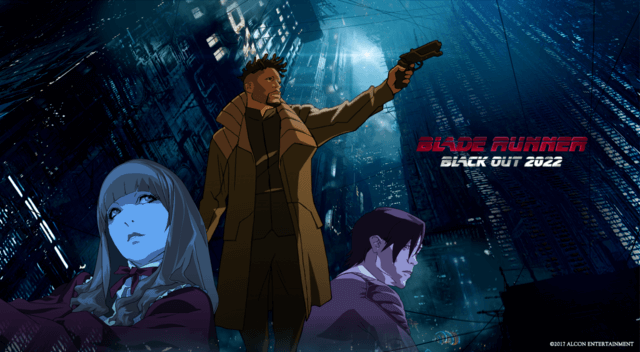
/cdn.vox-cdn.com/uploads/chorus_image/image/57044477/blade3.0.jpg)
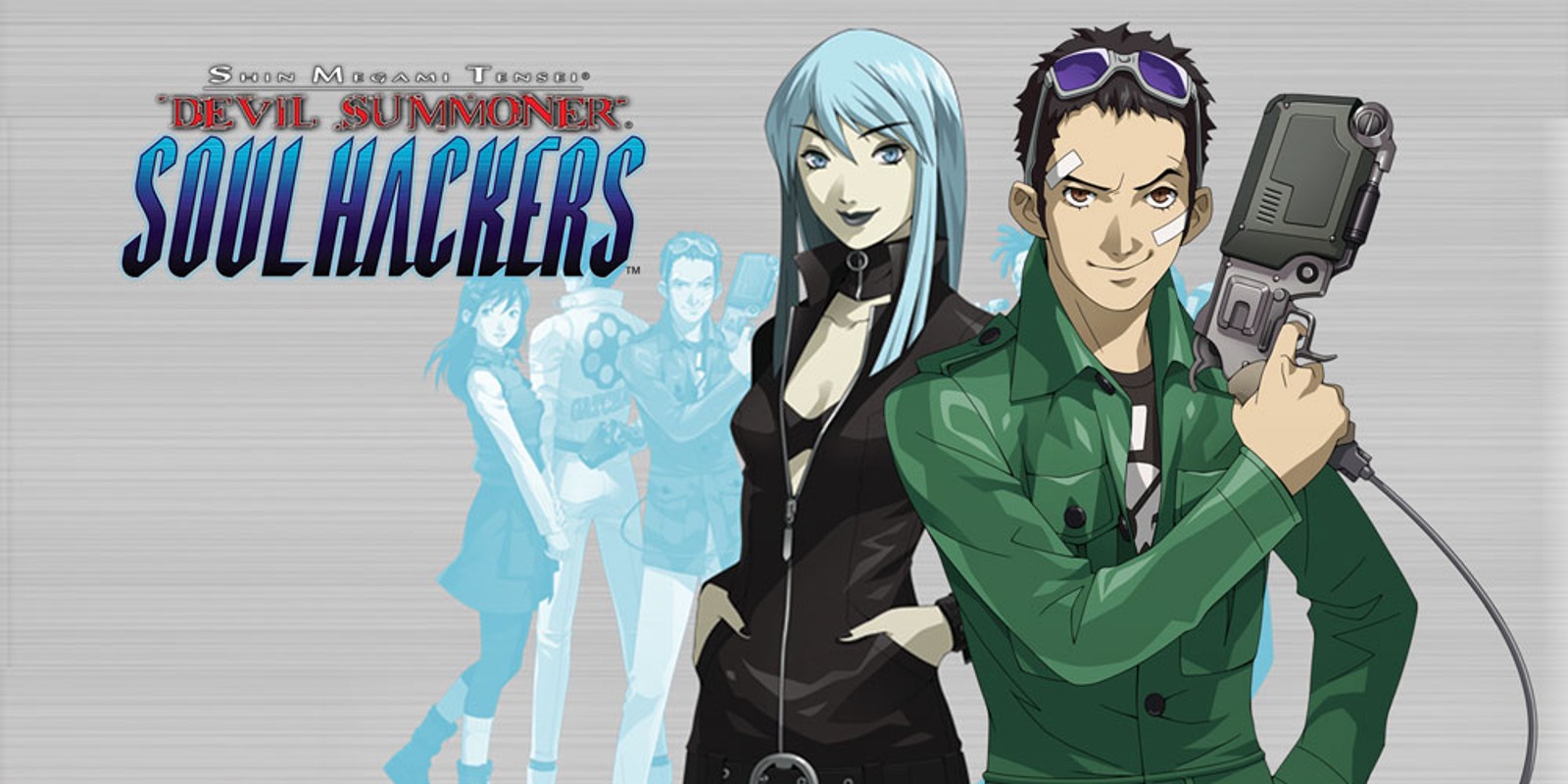
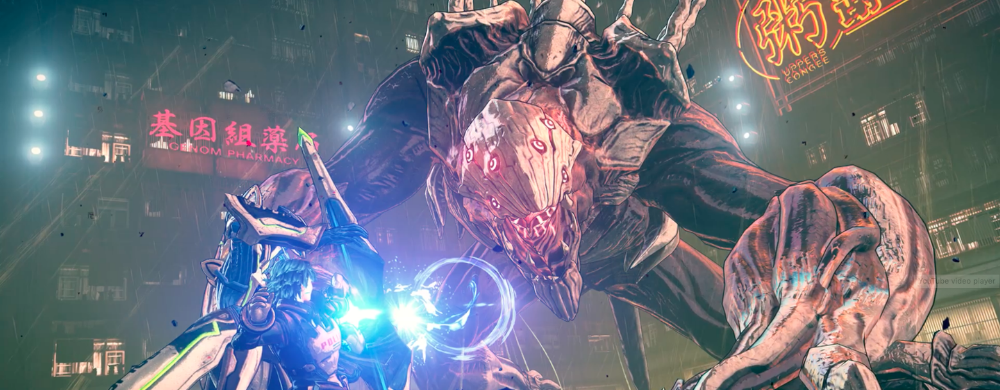



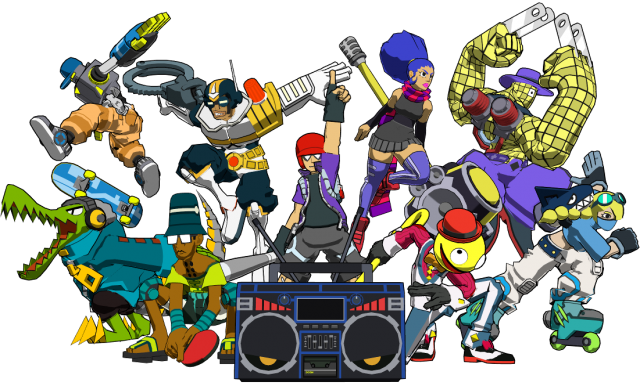
2 comments:
Soul hackers is good. Make sure that your PC tells your girlfriend her outfit is sexy at the start of the game. You'll thank me later.
Noted! Good advice for life, too
Post a Comment